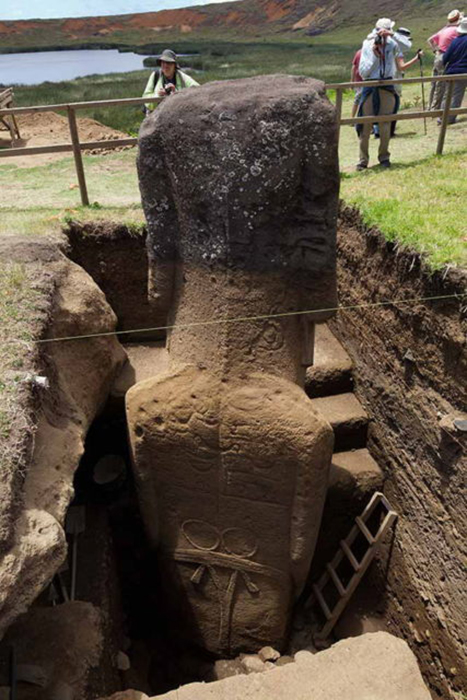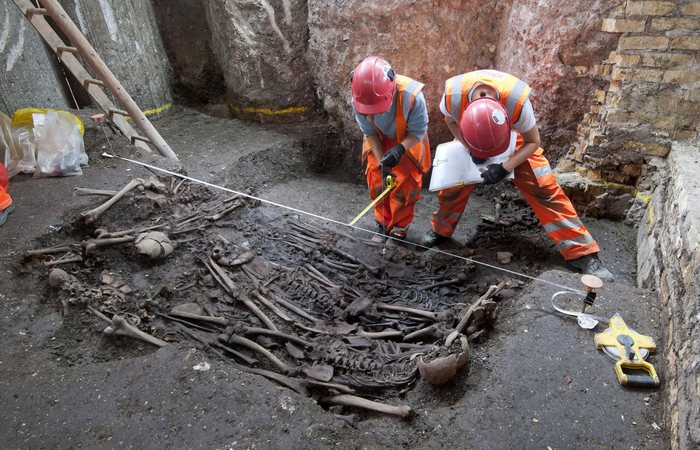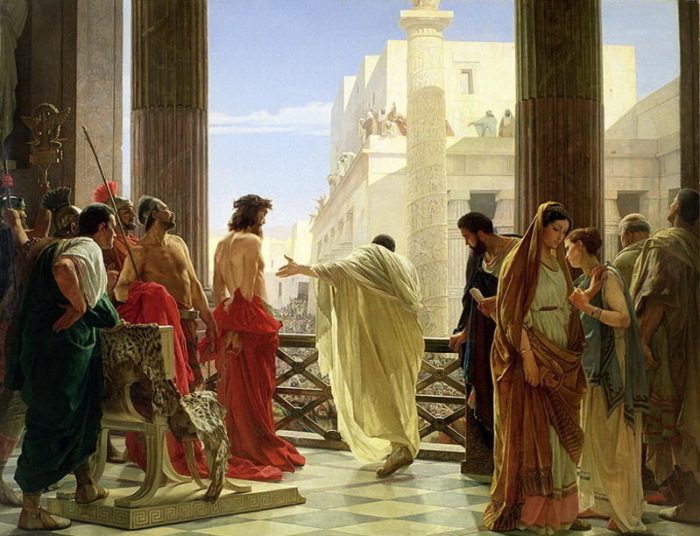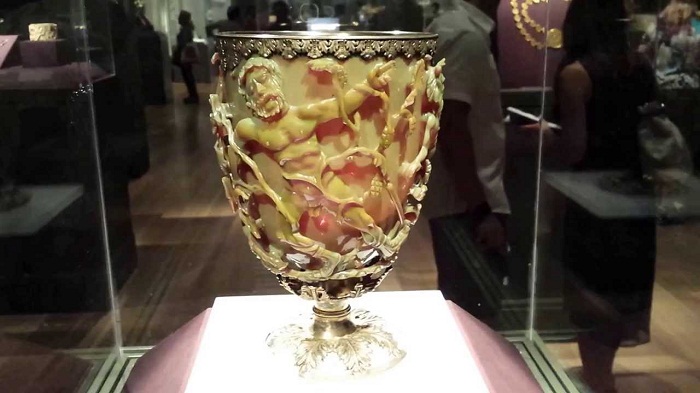What people looked like a century ago: Modern technology has allowed scientists to get to the bottom of the truth
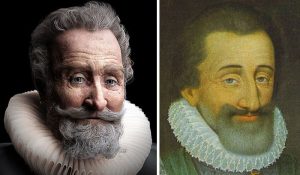 What did people from the past look like? Most often, the guideline for answering this question are pictures or verbal descriptions in documentary or fiction. But are they objective? Often not, because the artist always conveys his personal perception, and seeks to show the most attractive image. Modern technologies allow to recreate a real image and show what people from the past would look like if they happened to be our contemporaries.
What did people from the past look like? Most often, the guideline for answering this question are pictures or verbal descriptions in documentary or fiction. But are they objective? Often not, because the artist always conveys his personal perception, and seeks to show the most attractive image. Modern technologies allow to recreate a real image and show what people from the past would look like if they happened to be our contemporaries.
1. King Henry IV of France
Henry IV was the king of France from 1589 to 1610 and was tragically killed during the attack of a Catholic fan on him, died from his knife wounds. Heinrich went down in history as a kind and wise ruler who cared about the welfare of his subjects. The reconstruction of the face of Heinrich was conducted by the historian Philip Frosch, he created a 3D model, based on the preserved skull of the monarch. Continue reading
How in ancient times did the bodies of the dead
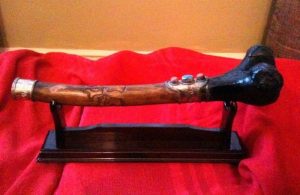 As soon as a person dies, his body is usually buried or cremated. But in some ancient societies, the corpses after death in various ways used, or preserved their parts according to certain rituals. In some cultures, it was believed that the body of a deceased person, if used in various rituals, was able to help the living. And these practices led to rather terrible archaeological finds.
As soon as a person dies, his body is usually buried or cremated. But in some ancient societies, the corpses after death in various ways used, or preserved their parts according to certain rituals. In some cultures, it was believed that the body of a deceased person, if used in various rituals, was able to help the living. And these practices led to rather terrible archaeological finds.
1. Bowls of skulls
Skull cups have been made in many different cultures for different periods of time. Mostly they were made by separating the skull from the corpse and cutting cups from it. Usually carvings on the skull were made on the subject of Christ’s sufferings, but sometimes it was possible to come across decorative prints. Continue reading
Mayan Crystal Skull Riddle: Ritual Props of the Priests or Fake Archaeologists
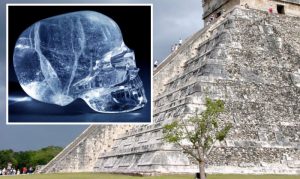 It was an early summer morning on the Yucatan Peninsula. Archaeologists who excavated the ancient Mayan temple recently woke up and were just about to start work. But the youngest participant of this expedition, a girl named Anna, was already near the destroyed altar found on the eve and with might and main worked with a brush. On this day, she turned 17 years old, and she dreamed of finding something unusual in the excavation – for her it would be the best gift.
It was an early summer morning on the Yucatan Peninsula. Archaeologists who excavated the ancient Mayan temple recently woke up and were just about to start work. But the youngest participant of this expedition, a girl named Anna, was already near the destroyed altar found on the eve and with might and main worked with a brush. On this day, she turned 17 years old, and she dreamed of finding something unusual in the excavation – for her it would be the best gift.
And Anna’s dream came true.
Another movement of the brush – and out of the ground came through something smooth and shiny in the sun. A few more minutes of excavation – and the girl was already holding a truly amazing find. A human skull made of the purest rock crystal! Continue reading
A spiral of skeletons, a bound woman and other ancient tombs that seem strange
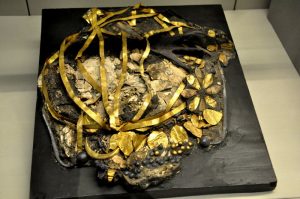 It so happened in history that after the death of a man he expected a funeral rite. How exactly to bury a person – in a stone tomb, a wooden coffin, or burned on a fire, determined social religious and cultural norms. Therefore, the ancient burials that modern archaeologists discover are sometimes so strange that they simply drive scientists to a dead end.
It so happened in history that after the death of a man he expected a funeral rite. How exactly to bury a person – in a stone tomb, a wooden coffin, or burned on a fire, determined social religious and cultural norms. Therefore, the ancient burials that modern archaeologists discover are sometimes so strange that they simply drive scientists to a dead end.
1. Grave of babies
In Pachacamac (near modern Lima, Peru), a grave was found, in which there were about 80 people buried around 1000 AD They belonged to the ichma nation, which preceded the Incas. Half of the remains belonged to adults who were laid in the poses of embryos. On the corpses wrapped in a sheet (mostly decomposed during this time), heads were carved from wood or made from clay. The other half of the dead were babies that were placed in a circle around the adults. Continue reading
Treasure under my feet: The antique find on the site has enriched its owner
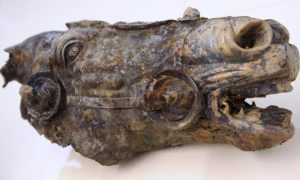 Back in 2009, German German archeologists discovered a unique find on the site of the ancient Roman settlement Valdgirmes. Today its value is estimated at almost 1.6 million euros. This means that the owner of the site on which the excavations were carried out, will receive a monetary reward of 773 thousand euros. But for centuries the treasure was simply buried in the ground.
Back in 2009, German German archeologists discovered a unique find on the site of the ancient Roman settlement Valdgirmes. Today its value is estimated at almost 1.6 million euros. This means that the owner of the site on which the excavations were carried out, will receive a monetary reward of 773 thousand euros. But for centuries the treasure was simply buried in the ground.
The era of Roman emperors is fanned by myths and legends. Perhaps that is why the interest of descendants to those times does not weaken. Excavations are constantly underway that would help to look into the past and show how people lived in the vast Roman Empire, which once included part of Germany. Sometimes scientists can find truly invaluable items. Continue reading
